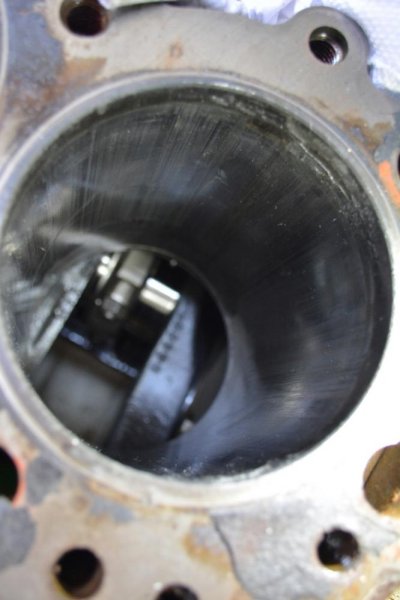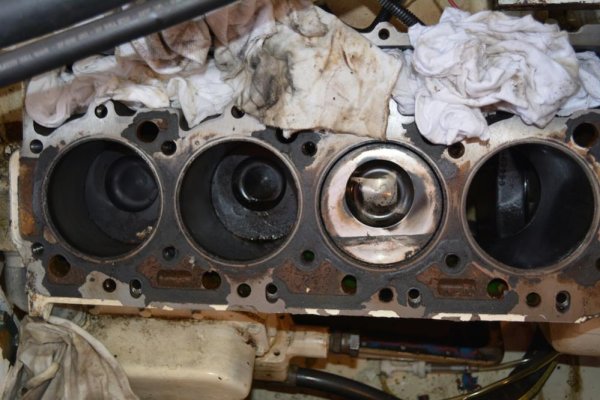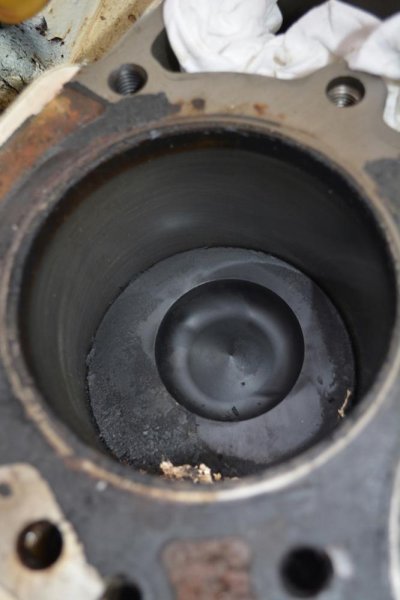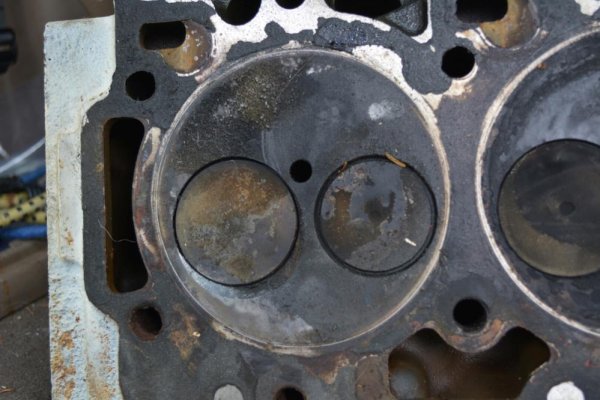Busterbrown
Veteran Member
- Joined
- Jul 16, 2013
- Messages
- 74
- Location
- USA
- Vessel Name
- SCRAMBLER
- Vessel Make
- 1974 Grand Banks 32 #536
The piston I replaced looked similar. It had similar discoloration from the high temperature. The third pic from the top it looks like the skirt of the piston has wear? I was told when a aluminum piston gets too hot it will change shape. How did the crank journal look? If it is in good shape be careful not to scratch it during reassembley. How dose the cylinder wall and Rod bearing look? Hopefully good. Remember I've done this but still consider myself a rookie.

 and search 3208 CAT Piston, this is one that comes up and it says it's OEM CAT. There are other sellers on there too which you can search as well.
and search 3208 CAT Piston, this is one that comes up and it says it's OEM CAT. There are other sellers on there too which you can search as well.









